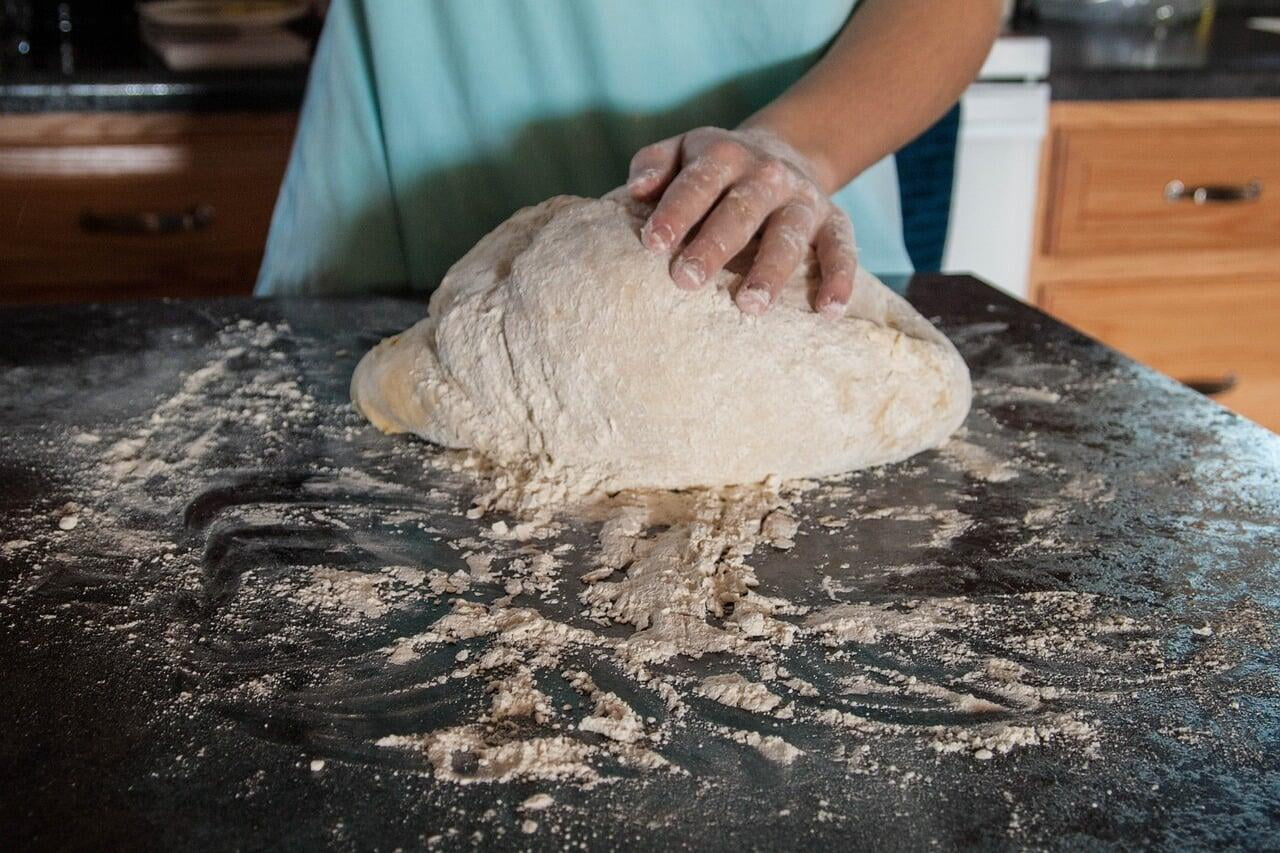My first introduction to adulteration in wheat flour happened around 15 years back. I was completing my graduate studies in New Delhi. Like in most of the hostels during that period; the mess food sucked in our hostel too. I used to have my dinner at a typical thali restaurant who used to charge 20₹ for an 'All You Can Eat meal.' Once, I casually asked him how he could afford such a low price and still make money. He told that the wheat flour they used was not pure wheat. They procure broken rice granules that come at half the price of wheat grains and add them to the atta.
Adulterants added to atta
Inferior grade flour
Inferior grade or low-cost flour is added to save costs. This practise is widespread in most street-side restaurants and food joints.
Excess bran
While the excess amount of wheat barn may be undesired and considered an adulterant in wheat, it is an excellent adulterant to have as it is rich in fibre and has many health benefits. To check for the presence of excess bran, sprinkle some atta on water. Excess bran will float.
Chalk powder
Chalk powder is heavier than atta. It is added to wheat flour to add bulk. Chalk is mostly calcium Carbonate, and it reacts with acid. To check for the presence of chalk in wheat flour, pour a spoon full of vinegar in a little amount of atta and look for signs of effervescence.
If you do this experiment and notice some bubbles, don't inhale the gas as it is Carbon dioxide.
My second introduction to adulteration in wheat flour was last week when a viral video on my Facebook feed claimed plastic in Aashirvad Atta. A quick search revealed that this was again a propaganda video just like the plastic rice myth. You can look at the propaganda coverage by news media here. The science behind the phenomenon, as explained by ITC, is covered here.
Stay Informed. Stay Safe!
